职称:associate professor
◆
◆
个人介绍
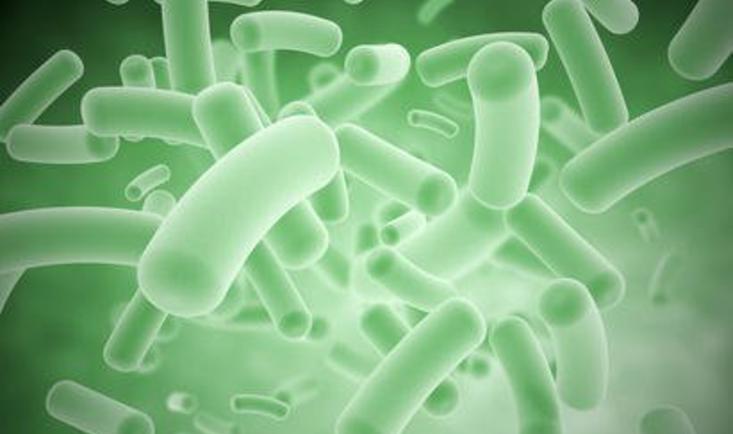
主讲教师:张小华
教师团队:共6位
- Zhang Xiaohua
- Cao Qingguo
- Xu Jianmin
- Liu Yan
- Lu Jianlan
- Liu Li
| 学校: | Jiangsu Vocational College of Agriculture and Forestry |
| 开课专业: | Biotechnology |
| 课程英文名称: | Microbial Experiment Technology |
| 学分: | 3 |
| 课时: | 46 |
Course description
"Microbial Experimental Technology" is an experimental professional basic course, students need to have a strong hands-on ability. The course takes the combination of work and study as the starting point, based on the needs of microbiological testing, uses the testing technology and working process as the carrier to design the learning situation, integrates the software and hardware conditions in the internal and external training, and closely connects with the actual production, and conducts integrated teaching mode of "teaching, learning, and acting". It includes two parts, basic operation technology and comprehensive detection technology, covering the basic operation of microorganisms. Through the study of this course, students should master the basic operations of microbes and independently complete microbial detection experiments. This course is conducive to cultivate students' rigorous scientific attitude and ability to analyze and solve problems.
Teaching team
课程评价
教学资源
| 课程章节 | | 文件类型 | | 修改时间 | | 大小 | | 备注 | |
| 1.1 Experiment 1: Application of Microscope |
作业
.work
|
2020-05-17 | -- | ||
|
文档
.docx
|
2020-05-17 | 733.06KB | |||
|
文档
.pdf
|
2020-05-18 | 4.44MB | |||
|
视频
.mp4
|
2020-05-18 | 63.49MB | |||
|
文档
.pptx
|
2020-05-19 | 2.49MB | |||
|
视频
.mp4
|
2020-05-19 | 33.48MB | |||
|
视频
.mp4
|
2020-05-24 | 41.96MB | |||
| 1.2 Experiment 2: Gram Staining Technique |
文档
.docx
|
2020-05-14 | 1.85MB | ||
|
文档
.pdf
|
2020-05-14 | 4.44MB | |||
|
作业
.work
|
2020-05-17 | -- | |||
|
文档
.pptx
|
2020-05-19 | 2.29MB | |||
|
视频
.mp4
|
2020-05-19 | 930.64MB | |||
|
视频
.mp4
|
2020-05-19 | 23.44MB | |||
|
视频
.mp4
|
2020-05-24 | 43.23MB | |||
| 1.3 Experiment 3 :Morphological observation technique of fungi |
文档
.pdf
|
2020-05-17 | 1.35MB | ||
|
文档
.pdf
|
2020-05-17 | 1.39MB | |||
|
文档
.pdf
|
2020-05-17 | 1.17MB | |||
|
作业
.work
|
2020-05-19 | -- | |||
|
文档
.pdf
|
2020-05-26 | 91.46KB | |||
|
文档
.pdf
|
2020-05-26 | 125.00KB | |||
|
文档
.pptx
|
2020-05-28 | 2.44MB | |||
|
文档
.pptx
|
2020-05-28 | 1019.50KB | |||
|
视频
.mp4
|
2020-05-28 | 61.92MB | |||
|
视频
.mp4
|
2020-06-15 | 46.24MB | |||
|
视频
.mp4
|
2020-06-15 | 14.30MB | |||
| 1.4 Experiment4:Colony Identification Technique of Common Microbes |
文档
.pdf
|
2020-05-14 | 229.78KB | ||
|
文档
.pdf
|
2020-05-17 | 1.26MB | |||
|
作业
.work
|
2020-05-18 | -- | |||
|
文档
.pptx
|
2020-05-19 | 831.68KB | |||
|
视频
.mp4
|
2020-05-21 | 24.02MB | |||
|
视频
.mp4
|
2020-05-27 | 52.16MB | |||
| 1.5 Experiment5:Binding Technique of Glassware |
作业
.work
|
2020-05-17 | -- | ||
|
文档
.pdf
|
2020-05-19 | 295.21KB | |||
|
视频
.mp4
|
2020-05-21 | 57.18MB | |||
|
视频
.mp4
|
2020-05-21 | 40.89MB | |||
|
文档
.pdf
|
2020-05-29 | 680.79KB | |||
|
视频
.mp4
|
2020-05-29 | 28.64MB | |||
| 1.6 Experiment6:Preparation technique of Culture Medium |
作业
.work
|
2020-05-17 | -- | ||
|
文档
.pdf
|
2020-05-17 | 220.57KB | |||
|
文档
.pdf
|
2020-05-17 | 152.27KB | |||
|
文档
.pptx
|
2020-05-19 | 761.04KB | |||
|
视频
.mp4
|
2020-05-19 | 17.70MB | |||
|
视频
.mp4
|
2020-05-20 | 53.50MB | |||
|
视频
.mp4
|
2020-05-26 | 41.72MB | |||
| 1.7 Experiment7:The Use of Autoclave |
文档
.pptx
|
2020-05-07 | 703.41KB | ||
|
文档
.pdf
|
2020-05-07 | 221.32KB | |||
|
文档
.doc
|
2020-05-07 | 45.50KB | |||
|
文档
.docx
|
2020-05-14 | 1.42MB | |||
|
作业
.work
|
2020-05-17 | -- | |||
|
文档
.pptx
|
2020-05-19 | 8.06MB | |||
|
视频
.mp4
|
2020-05-19 | 9.71MB | |||
|
视频
.mp4
|
2020-05-23 | 39.50MB | |||
| 1.8 Experiment 8: Aseptic operation technology |
文档
.docx
|
2020-05-14 | 17.58KB | ||
|
作业
.work
|
2020-05-17 | -- | |||
|
文档
.pptx
|
2020-05-19 | 2.09MB | |||
|
视频
.mp4
|
2020-05-19 | 80.15MB | |||
|
视频
.mp4
|
2020-05-19 | 2.09MB | |||
|
视频
.mp4
|
2020-05-21 | 92.68MB | |||
| 2.1 Experiment 9:Detection technology of colony count |
文档
.docx
|
2020-05-14 | 47.49KB | ||
|
作业
.work
|
2020-05-17 | -- | |||
|
文档
.pptx
|
2020-05-19 | 3.07MB | |||
|
视频
.mp4
|
2020-05-19 | 363.37MB | |||
|
视频
.mp4
|
2020-05-21 | 76.95MB | |||
|
视频
.mp4
|
2020-05-23 | 112.08MB | |||
| 2.2 Experiment 10: Coliform detection technology |
文档
.docx
|
2020-05-14 | 49.35KB | ||
|
作业
.work
|
2020-05-17 | -- | |||
|
文档
.pptx
|
2020-05-19 | 5.17MB | |||
|
视频
.mp4
|
2020-05-19 | 138.41MB | |||
|
视频
.mp4
|
2020-05-19 | 92.56MB | |||
|
视频
.mp4
|
2020-05-21 | 56.43MB | |||
| 2.3 Experiment 11: Determination of Growth Curve |
作业
.work
|
2020-05-17 | -- | ||
|
文档
.docx
|
2020-05-17 | 137.42KB | |||
|
文档
.pptx
|
2020-05-19 | 1.03MB | |||
|
视频
.mp4
|
2020-05-21 | 50.88MB | |||
|
视频
.mp4
|
2020-05-23 | 32.67MB | |||
| 2.4 Experiment 12: Direct Microscopic Counts with a Hemocytometer |
文档
.docx
|
2020-05-14 | 779.61KB | ||
|
文档
.pdf
|
2020-05-14 | 28.11MB | |||
|
作业
.work
|
2020-05-17 | -- | |||
|
文档
.pptx
|
2020-05-19 | 2.01MB | |||
|
视频
.mp4
|
2020-05-19 | 59.93MB | |||
|
视频
.mp4
|
2020-05-23 | 25.85MB | |||
|
视频
.mp4
|
2020-05-23 | 32.38MB | |||
| 2.5 Experiment 13: Microbial fermentation food technology |
文档
.docx
|
2020-05-01 | 49.75KB | ||
|
作业
.work
|
2020-05-17 | -- | |||
|
视频
.mp4
|
2020-05-18 | 76.81MB | |||
|
文档
.pptx
|
2020-05-19 | 13.09MB | |||
|
视频
.mp4
|
2020-05-19 | 181.97MB | |||
|
视频
.mp4
|
2020-05-19 | 27.84MB |
课程章节
1
Basic Operation Technology
-
1.1Experiment 1: Application of Microscope
-
1.2Experiment 2: Gram Staining Technique
-
1.3Experiment 3 :Morphological observation technique of fungi
-
1.4Experiment4:Colony Identification Technique of Common Microbes
-
1.5Experiment5:Binding Technique of Glassware
-
1.6Experiment6:Preparation technique of Culture Medium
-
1.7Experiment7:The Use of Autoclave
-
1.8Experiment 8: Aseptic operation technology
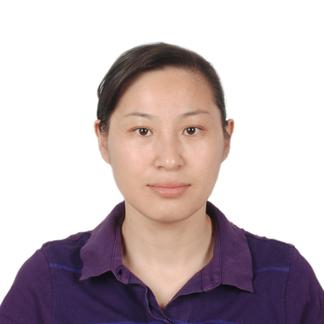
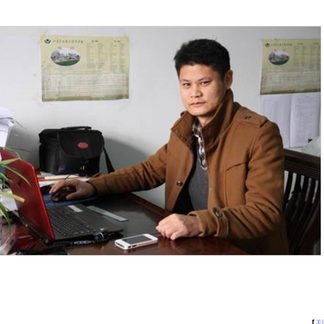
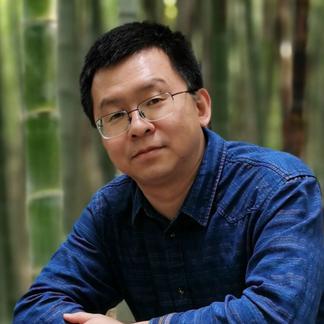
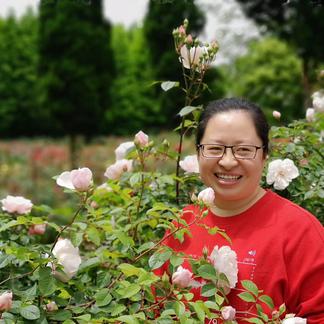
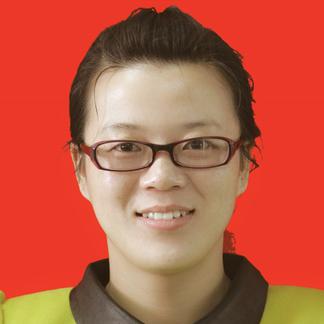
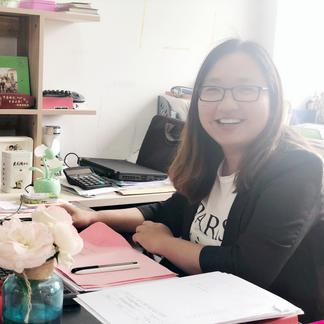
 作业
作业